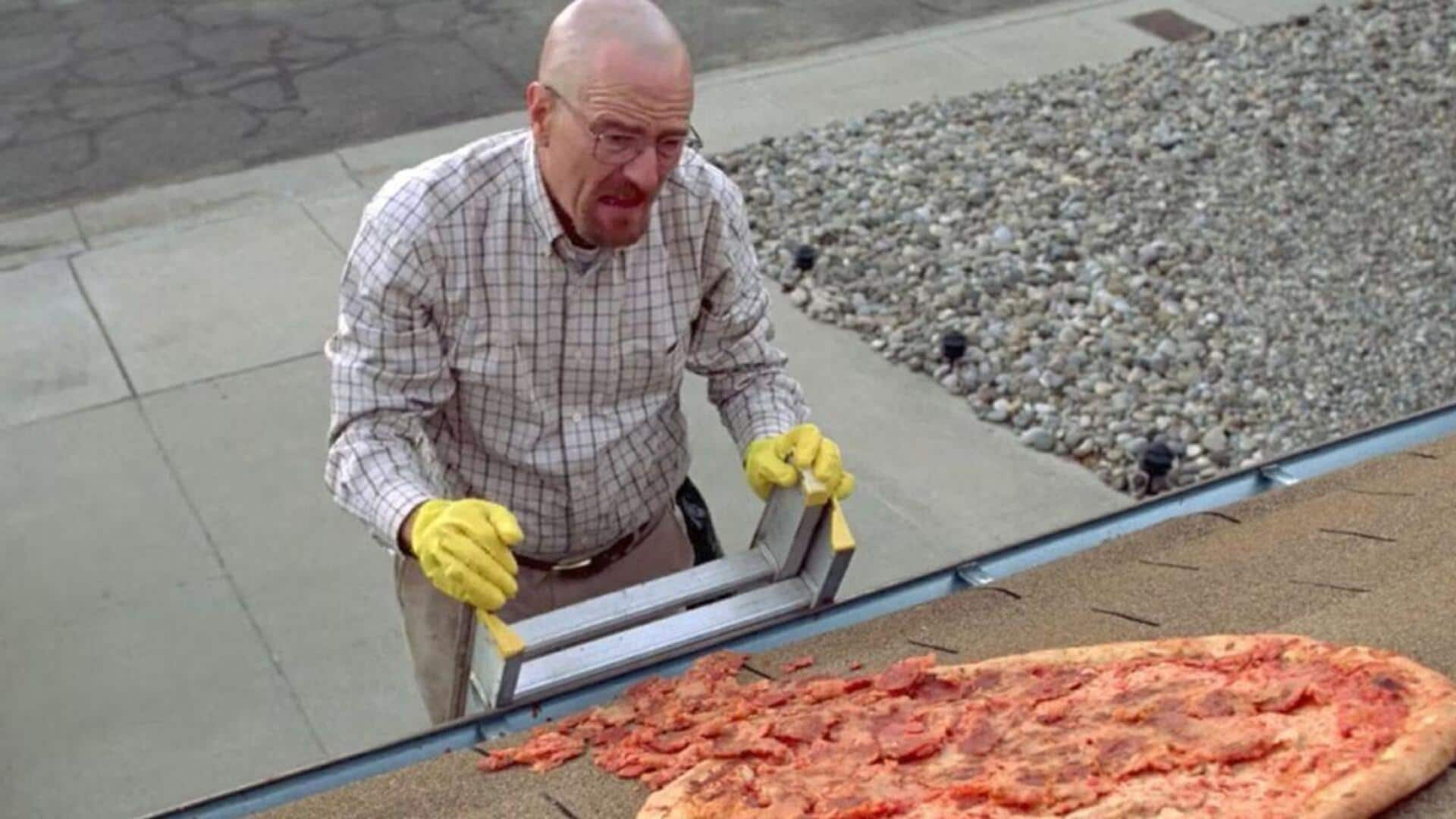
The morally gray world of 'Breaking Bad' explained
What's the story
Breaking Bad is a series that ventures into the territory of moral ambiguity. The characters walk the tightrope of ethical dilemmas, often failing to clearly define the lines between right and wrong. Here are five things that Breaking Bad got right, in terms of portraying moral ambiguity, and how it gives us an insight into how humans think and what drives their choices.
#1
Transformation of Walter White
Walter White's metamorphosis from a high school teacher to a drug manufacturer epitomizes moral ambiguity. What begins as a financial necessity spirals into questionable decisions as he grows in power. This transition showcases how circumstances can mold one's sense of morality, allowing people to rationalize actions they would have once considered unacceptable.
#2
Complex character relationships
The relationships between characters in Breaking Bad only add to the moral complexity. Interactions frequently include conflicting loyalties and hidden motives, compelling characters to make difficult choices. These dynamics expose how personal connections can further complicate ethical judgments, making it all the more difficult to tell right from wrong.
#3
Consequences of choices
The series highlights the repercussions of choices made in morally gray areas. Characters pay for their actions, which aren't always immediate and predictable. This is what makes the unpredictable nature of morality shine through when you operate in gray areas, where the results are uncertain and often unintended.
#4
Ethical dilemmas in high-stakes situations
High-stakes situations in Breaking Bad throw ethical dilemmas in our face, testing character integrity. The pressure to survive or succeed leaves no choice but to weigh values against practical needs. These scenarios highlight how extreme circumstances can drive people towards the decisions they might otherwise avoid, exposing the fragile nature of moral boundaries.